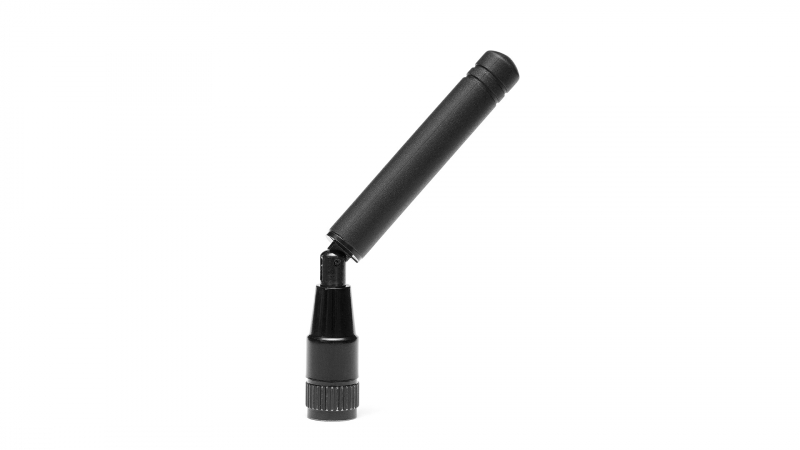The World’s Smallest Antenna

An antenna is required if you want to transmit or receive radio signals. In the past, every home with a TV had an antenna on the roof, which would likely be foreign to anyone in Generation Z today. However, antennae, like any other technology, became smaller throughout time, if not completely replaced. The nanoantenna is the tiniest of the tiny. It is 20,000 times smaller than a human hair and is created from DNA.
The five nanometer antenna was developed by scientists to observe proteins rather than radio or television signals. The scientists who made it are using it this way because of its fluorescent structure, which allows it to send and receive light signals. It will reflect light back in a different color when the proteins it is tracking move or change, alerting scientists that something has happened.
As far-fetched as it may sound, the researchers who carried out the study argue that DNA was used in part because it is so easy to utilize and program. They anticipate that the technique used to create the antenna will someday help with everything from creating new drugs to nanomachines.
- Size: 11 centimeters
- Creators: scientists










